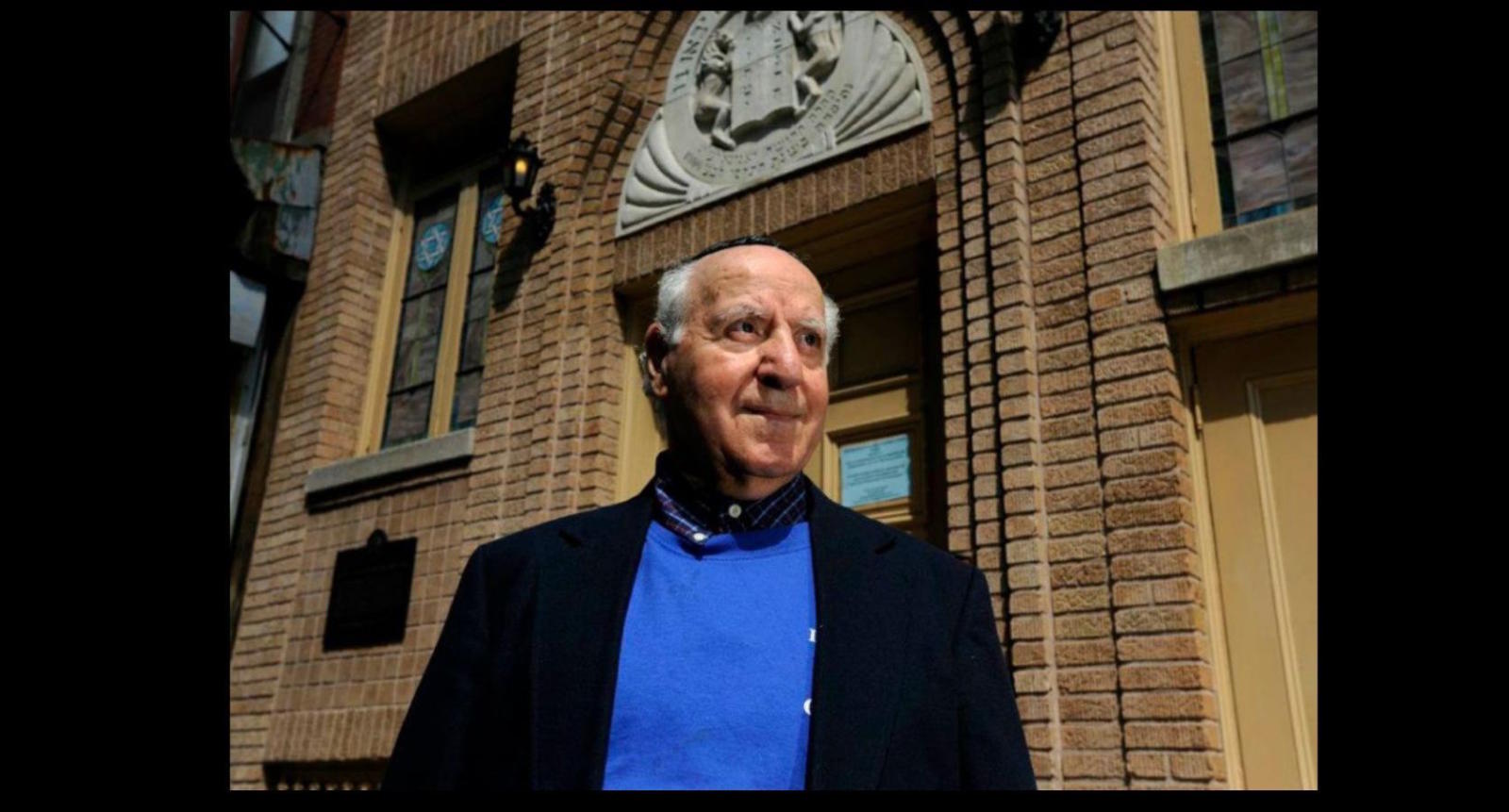Music and Judaism go hand in hand. Every Shabbat service, lifecycle event, Jewish holiday or Israeli holiday has a specific song or melody that relates to that special day. “A Walk to Caesarea,” commonly known as, “Eli Eli”(“My God, My God”) written by Hannah Senesh and composed by David Zahavi is one of the main Jewish songs relating to Holocaust Memorial Day (Yom Hashoah).
While I love, appreciate and respect the original musical composition to Hannah Senesh’s poem, I would like to introduce a new composition and approach to her poem, which aims to revive the feelings of this young, Jewish poet had at the moment she wrote the song.
In order to understand why the poem, “A Walk to Caesarea,” is associated with the Holocaust we must first learn about Hannah Senesh:
Hannah Senesh, a young Zionist woman of Hungarian descent, was a special operations paratrooper. She was one of 37 Jews who parachuted into Yugoslavia during World War II with the mission to rescue Hungarian Jews from the Nazis. During this operation, Hannah was caught, imprisoned, tortured and executed by Nazi-backed Hungarian military.
Learning about Hannah Senesh’s story, it is clear why one of her poems became a song that symbolizes Yom Hashoah. In addition, David Zahavi’s composition of her poem is very mournful which is suiting for this somber occasion.
Inspired by Jewish-American artists such as Craig Taubman, Debbie Friedman and the culture of writing new melodies to old text, I decided to take it upon myself to write a new interpretation of this old poem. In my new composition, I aim to express the original feeling Hannah Senesh had at the moment she walked on the beach in Caesarea (on Israel’s Mediterranean coast) and wrote (translated from Hebrew):
My God, My God
May these things never end;
The sand and the sea
The rustle of the water
The lightning in the sky
The prayer of Man.
Therefore, contrary to the original composition by David Zahavi, I do not wish to emphasize the story of her death, but focus on her life, the gratitude, joy and hope expressed in her poem, “A Walk to Caesarea.”
After composing the song, I contacted my friend, Craig Taubman, who has been a great inspiration and mentor to me, and asked him to collaborate with me on this project. Craig liked the new composition in my vision and together with my band, Sol Tevél, we recorded and filmed this new interpretation of the poem titled, “Eli Eli Revival.”







